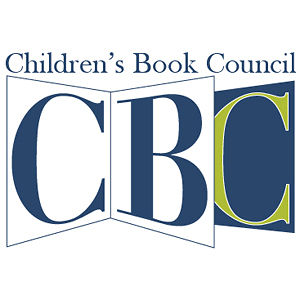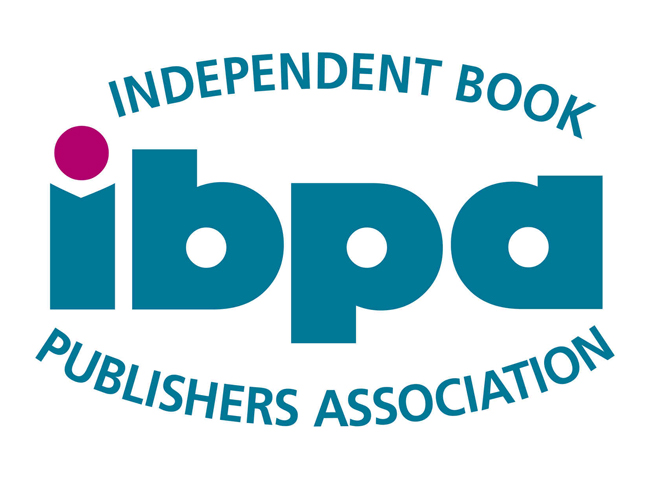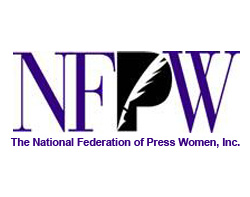Creating & Sustaining a Social Media Presence
These days, if you’re in the business of selling anything, a social media presence is a requisite. Social media offers a dual benefit for writers, lending readers a platform (or several) to connect with authors, and giving authors a forum to discuss their work, garnering the attention of potential book buyers and helping build their brand.
A New York publicist once told me that it takes the average buyer upwards of ten times of seeing your book cover before they decide to buy it. In other words, it’s a numbers game, and having an active social media presence is the best way to amplify your book’s visibility and activate sales.
However, there is a strategy to building an online audience. One of the first misconceptions among social media newbies is that to quickly gain a following, you must be posting all the time. Now, to some degree, this is true. However, it’s not just about how often you’re posting, but also what you have to say and when you’re posting that counts.
Building a Community is Key
Rule number one: It’s not all about you! This is a really important lesson to learn early on, for authors who only post about themselves quickly fatigue their audience. The most effective authors on social media are those who support and connect with their community, building relationships with fellow writers, bloggers, and influencers.
In order to make your social media impactful, be sure that the content you post is varied, specific to the interests of your followers you have and want to attract, builds your credibility as a writer, and establishes your brand. You can do this by:
Following fellow authors who write in your genre or market
Commenting on and engaging with posts from other authors and literary influencers you admire
Contributing to Facebook Pages and Twitter threads of authors and literary influencers in your genre or market
Reposting or re-Tweeting content that will interest your followers (and is directly relevant to your brand)
Creating original content, which others will want to share or distribute
What Do You Have to Say?
Developing original content—memes, videos, etc.—is hugely successful strategy for growing your following. By crafting content that others find interesting and are likely to engage with, you are increasing your potential to go “viral,” or get picked up by many people. Maybe it’s a book trailer or funny video of you, or maybe it’s a post about being a first-time author and the publishing experience. Whatever you choose to do, creating content that people find entertaining or insightful is a great way to build your audience quickly.
Timed for Success
Knowing when to post and how to generate content others will want to engage with is the secret sauce of social media optimization.
When it comes to posting, there are plenty of data points and optimization efforts you can take to make sure you’re hitting the nail on the head—social media management platforms are ideal for this!—but broadly speaking, you can rely on the following:
Mondays, Wednesdays, and Fridays are the top three days for posting on Facebook and 11 a.m. is typically the best time, though anytime between 9 a.m. and 5 p.m. is better than off hours. Sunday has the lowest historical engagement rates, though COVID seems to have changed this trend a bit.
Fridays at 9 a.m. are consistently the sweet spot for Twitter. Locate which hashtags are trending on Friday mornings (I like #FridayReads because it’s a good opportunity to promote other authors and get some attention).
Instagram is fairly similar to Facebook. 11 a.m. and 2 p.m. are both good times to post on weekdays.
If you’re posting to a personal blog—and promoting your posts on your other platforms, of course—Friday afternoons can invite a good following, as people wind down from the week and look to distract their minds.
Bottom Line: No one ever became an overnight social media sensation by being passive. It takes hard work and consistency to gain a following. Social media can suck up a tremendous amount of your time with few results to show for it, so it’s vital to have a plan in place to attract your target audience.
To Get Started …
Craft five posts—try to include at least one retweet or repost; two-to-three articles about topics relevant to your genre or market, and one-to-two pieces of original content.
Format each post so it is specific to the platform you’re posting to. (e.g. Twitter posts should be 160 characters or shorter and include popular hashtags, while Facebook posts may run a little longer and only include links.)
Schedule your posts using a social media management platform and some of the times suggested above.
Review the analytics in your social media platform to see which posts received the best engagement rates, based on content and timing.
Repeat! Remember to post regularly so your followers know you are consistent.
Want to give your book a social media boost?
We can help!
Schedule an introductory consulting session with Linda F. Radke to learn about the marketing & publicity services Story Monsters LLC offers!







